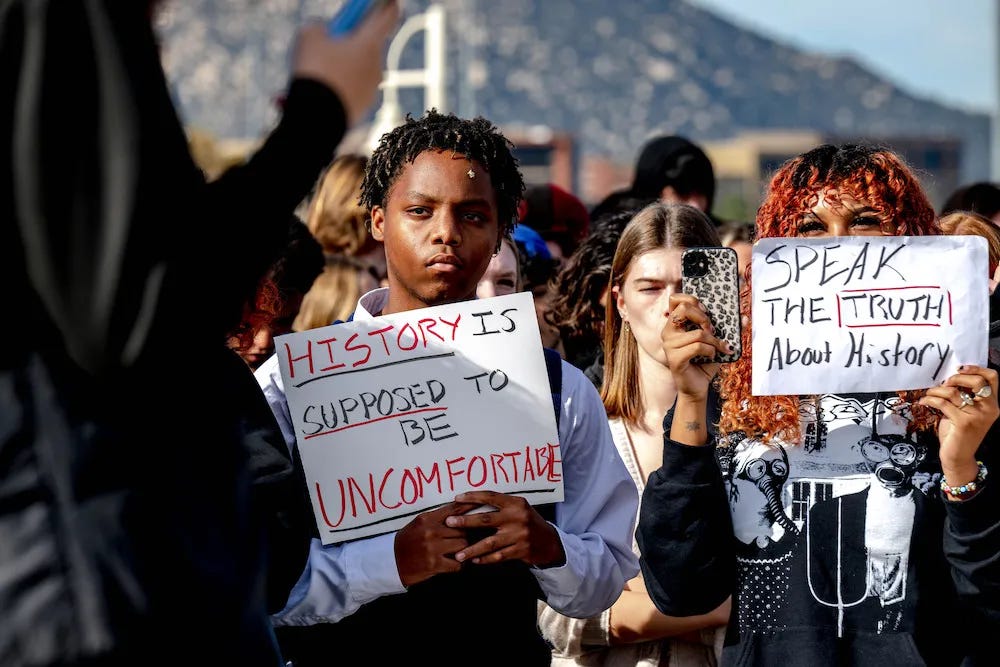Cybersecurity in the Digital Age:
Safeguarding Against Misinformation, Identity Theft, and Government Surveillance
I will never require my readers to pay to read my material, however, if you find value in what I have to share then I would be very grateful for a paid subscriber.
In an era where digital threats are increasingly politicized, cybersecurity has become a critical defense against right-wing misinformation campaigns, identity theft by extremist groups, and heightened government surveillance. Marginalized communities, including immigrants, face disproportionate risks, necessitating urgent, informed action to protect digital identities and livelihoods.
Section 1: Understanding the Threats
Right-Wing Misinformation: Disinformation spreads phishing links and malware, often targeting vulnerable groups to exploit fears or radicalize individuals.
Fascist Identity Theft: Extremists steal identities to harass, doxx, or financially harm marginalized individuals. A new threat is also exposing these groups to specific targeting my MAGA government officials for apprehension and detainment.
Government Surveillance: Policies enabling mass data collection, particularly under right-leaning administrations, risk exposing activists and immigrants to deportation or discrimination.
Section 2: Top 10 Cybersecurity Measures for All Users
Password Management: Use Bitwarden or KeePass for strong, unique passwords.
Two-Factor Authentication (2FA): Enable apps like Authy, Microsoft Authenticator, Google Authenticator, avoiding SMS-based 2FA at all costs.
Device Encryption: Activate BitLocker (Windows) or FileVault (Mac) to secure data.
VPN Usage: Choose no-log services like ProtonVPN or Mullvad to mask IP addresses.
Secure Communication: Prefer Signal or Session for encrypted messaging; avoid WhatsApp for sensitive talks.
Regular Updates: Automate updates to patch vulnerabilities.
Phishing Awareness: Verify links and senders; use tools like Google’s Password Checkup regularly.
File Encryption: Use VeraCrypt for sensitive documents.
Social Media Caution: Limit personal details; adjust privacy settings to the most extreme and avoid META applications and Twitter(X) at all costs. Delete any social presence you may have on those platforms.
Digital Literacy: Educate on rights via EFF or ACLU resources.
Section 3: Tailored Guide for Immigrants and Marginalized Communities
Step 1: Risk Assessment
Identify high-risk data (e.g., immigration papers) and adversaries (e.g., hate groups).
Step 2: Secure Communication Channels
Use Signal with disappearing messages; avoid mainstream platforms for sensitive discussions.
Step 3: Protect Legal Documents
Store encrypted copies on secure clouds (Tresorit) or offline USBs. If storing on offline media, be sure is is encrypted, and stored securely.
Step 4: Anonymize Online Presence
Create anonymous emails (ProtonMail) and social media accounts without personal identifiers.
Step 5: Use Tor for Sensitive Browsing
Access .onion sites for anonymous resource access, despite slower speeds.
Step 6: Avoid Public Wi-Fi
Use a VPN if public networks are unavoidable.
Step 7: Community Networks
Engage with organizations like “No More Silence” for cybersecurity workshops.
Step 8: Legal Preparedness
Know your rights via ACLU’s “Know Your Rights” guides; secure legal representation.
Step 9: Emergency Protocols
Establish a digital “panic button” (e.g., secure deletion tools) and share encrypted backups with trusted contacts.
Step 10: Report and Document Abuse
Record incidents with tools like CameraV (secure photo app); report to NGOs like Electronic Frontier Foundation.
Section 4: Combating Government Surveillance
Tor Browser: For anonymous browsing.
Encrypted Email: Use ProtonMail or Tutanota.
Metadata Avoidance: Use CoverYourTracks to check browser fingerprints.
Ad Blockers: Install uBlock Origin to prevent tracking.
Conclusion
Proactive cybersecurity measures are vital in resisting digital oppression. By adopting robust tools, fostering community resilience, and staying informed, individuals can mitigate risks posed by misinformation, identity theft, and surveillance. Collective action and education remain our strongest shields in safeguarding digital freedoms.
Resources
EFF’s Surveillance Self-Defense Guide
ACLU’s Immigrant Rights Portal
Cybersecurity workshops by local NGOs
This structured approach empowers readers with actionable steps, balancing technical advice with accessibility, ensuring even non-technical users can enhance their digital security.




